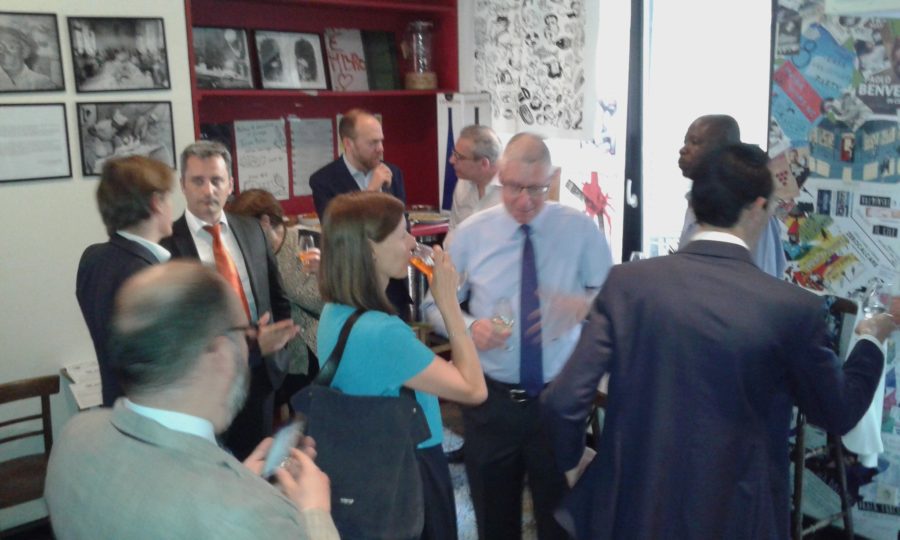
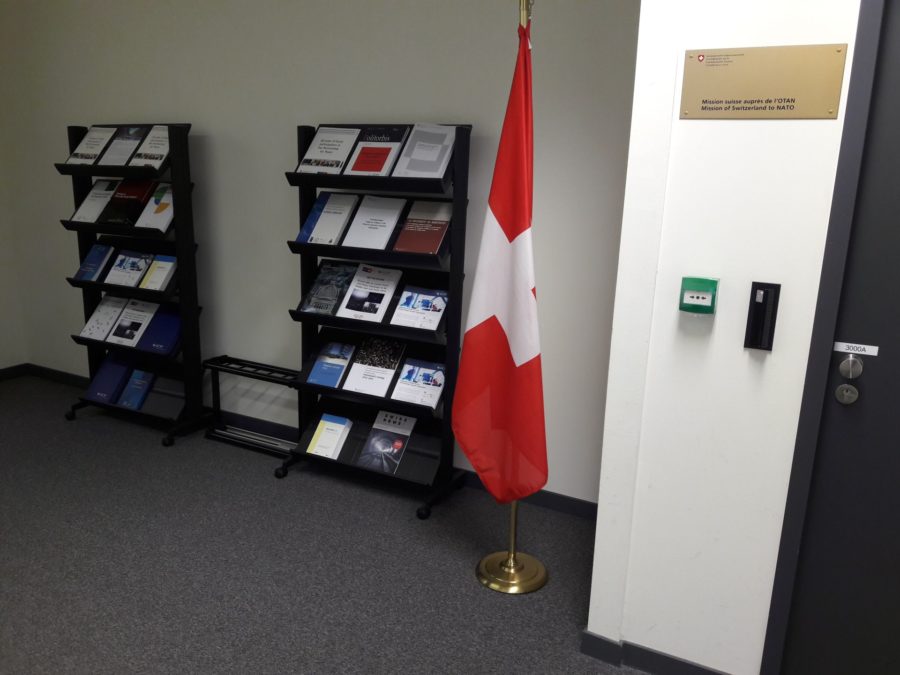
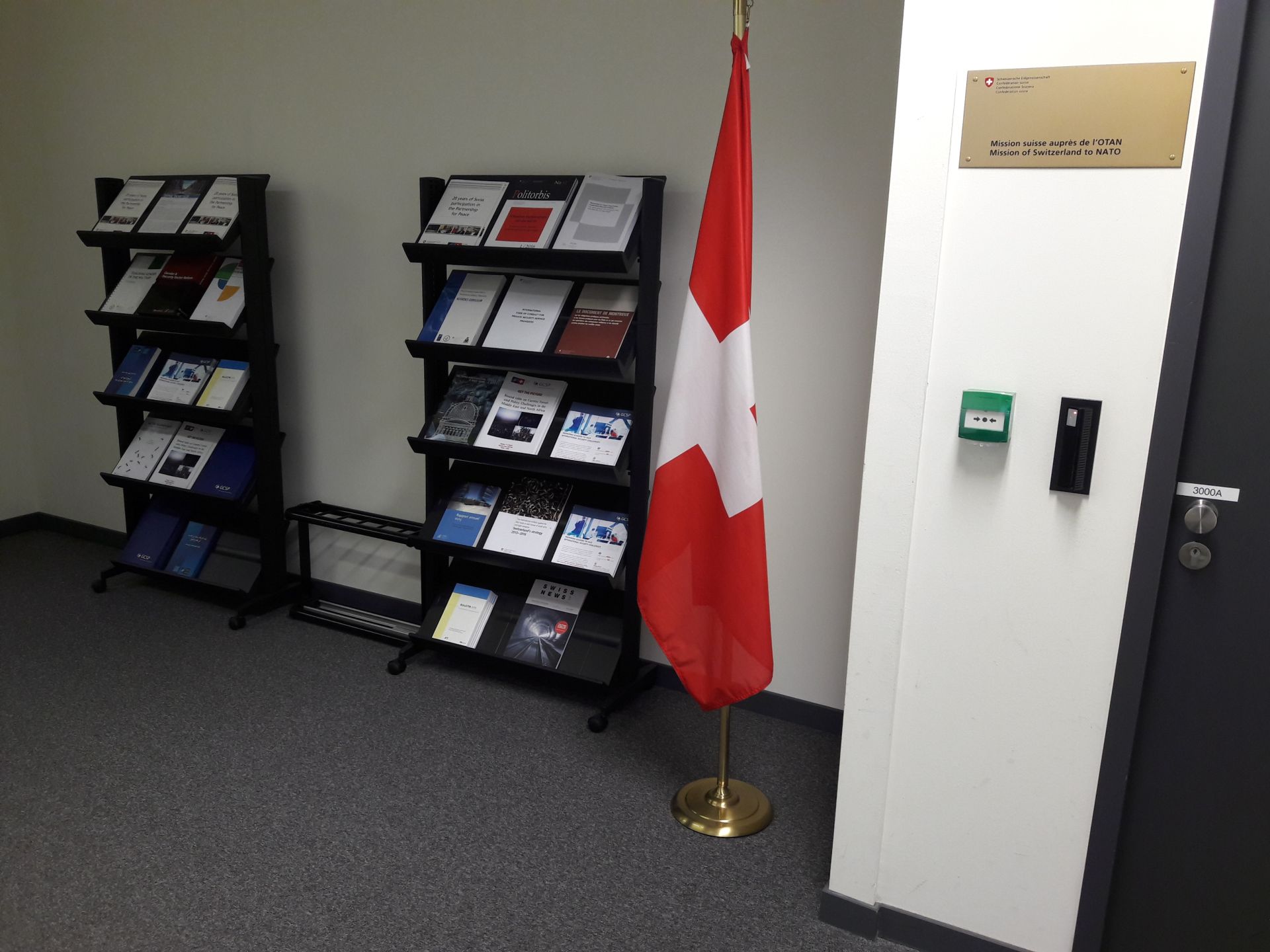
![[REPOST] Closing Ceremony of the Defense Attaché Orientation Course [REPOST] Closing Ceremony of the Defense Attaché Orientation Course](https://christianbuehlmann.com/wp-content/uploads/2017/05/2fbf70b6109a34ee1624406f0336a5b2-aa9-900x675.jpg)
The PSOTC and the Geneva Center for Security Policy (GCSP) continue mutual cooperation based on their common interest in education and training excellence in the training of military officers, diplomats and civil servants involved in defense and diplomacy. Altogether 27 participants from thirteen countries (Albania, Bulgaria, Czech Republic, Egypt, Latvia, Macedonia, Mauritania, Montenegro, Poland, Romania, Slovakia, Turkey and Bosnia and Herzegovina) attended the course. During the course, participants had an opportunity to develop their skills and expertise of defense officials working in a diplomatic environment (such as Defense Attachés). The Course addressed modern issues and offered an opportunity to get an insight into contemporary security and geopolitical landscape with special focus on security issues related to the Balkans. Also, participants were provided with practical training in diplomatic activities as well as other areas relevant for their future work. Course participants were honored by being lectured by current and former ambassadors, ministers, defense attachés, embassy representatives, representatives of IOs, and professors from universities in Bosnia and Herzegovina, as well as representatives of GCSP and PSOTC. At the closing ceremony participants were addressed by GCSP Representative COL GS Christian Buhlmann and PSOTC Commandant, COL dr. Jasmin Čajić who congratulated the students and used this opportunity to express their support to the current course and all similar activities whose goal is to reinforce the role of military attaches deployed around the globe.
![[REPOST] PSOTC Hosted guest speakers on Defence Attaché Course at PSOTC [REPOST] PSOTC Hosted guest speakers on Defence Attaché Course at PSOTC](https://christianbuehlmann.com/wp-content/uploads/2017/05/20bd0456f587c479d38fffa0704478ea-855.jpg)
The Ambassador of Croatia to Bosnia and Herzegovina H. E. Mr. Ivan Del Vecio accompanied by the Defence Attaché Col Marin Gregorović, the Deputy Chief of Mission, US Embassy in Bosnia and Herzegovina Mr. Paul Horowitz accompanied by the Defence Attaché Col Mark M. Karas and Representative of the Ministry of Foreign Affairs Ambassador Damir Džanko took part of a Panel: “What Can/Does the Ambassador Expect from his/her Defence Attaché?”. During panel session Ambassadors shared their significant experiences with participants with an emphasis on the new role of the Defence Attaché because changes in the security environment since the end of the Cold War have made the DA’s role considerably more challenging and given him/her a key role in national defence diplomacy. The PSOTC Commandant, Colonel dr. Jasmin Čajić expressed his gratitude to the guests for their commitment what additionally contributes to preserve reputation of the PSOTC as a respected institution for training and education.

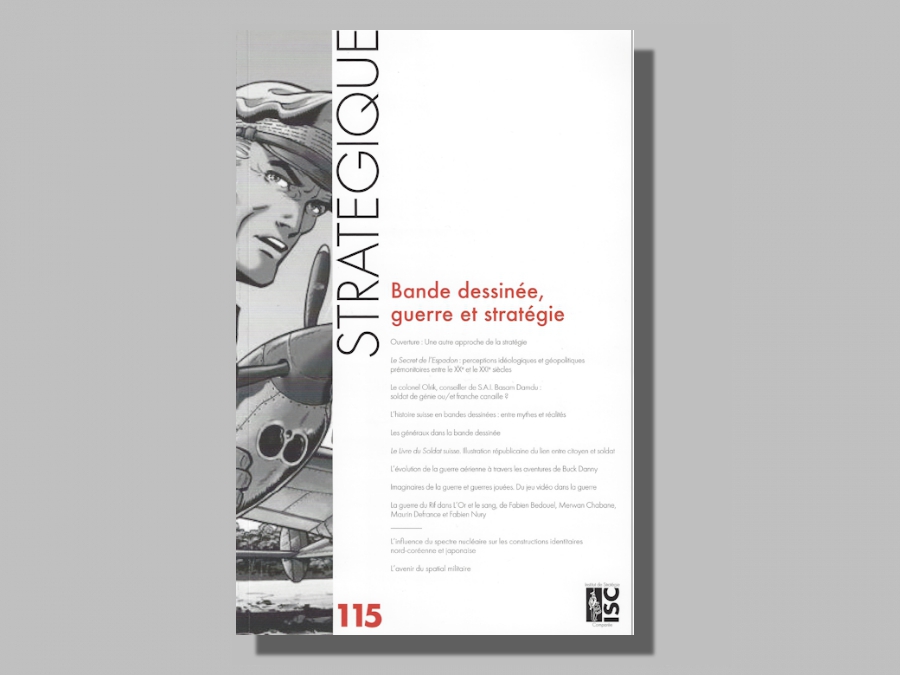
Christian Bühlmann (2017) « ‘Le livre du soldat’ suisse – Illustration républicaine du lien entre citoyen et soldat » in Stratégique n°115, 2017 – Bande dessinée, guerre et stratégie, Paris: Institut de Stratégie et des Conflits – Commission Française d’Histoire Militaire – École militaire, pp 61- 78 ISSN 0224-0424.
![[REPOST] GCSP Hosts the 13th Edition of its Defence Attaché Orientation Course in Geneva [REPOST] GCSP Hosts the 13th Edition of its Defence Attaché Orientation Course in Geneva](https://christianbuehlmann.com/wp-content/uploads/2017/02/9f7d409dff686d15d6aec4c50a9e8ef5-5d8.jpg)
Participants will discuss how to help create a secure, stable and prosperous international and regional environment, by building and maintaining trust between friendly armed forces and countries. This edition of the course focuses specifically on achieving an impact in complex environments, sharing best practices for dealing with rapid changes and for working with other national and international actors. These sessions will be balanced with discussions on participants’ daily challenges and relevant experiences, in order to share lessons learned. Participants will visit a training camp of an artillery unit here in Switzerland as part of the course activities.
The GCSP delivers similar courses around the world every year, through their Defence and Diplomacy thematic cluster. Topics are tailored for regional interests in the Western Balkans, West Africa including the Maghreb, East Africa, the Middle East, and now a new course recently launched for South and South-East Asia. Courses are held in French or English, and dev eloped through close collaboration between the GCSP and our international and local partner organisations, as well as the local attaché community.
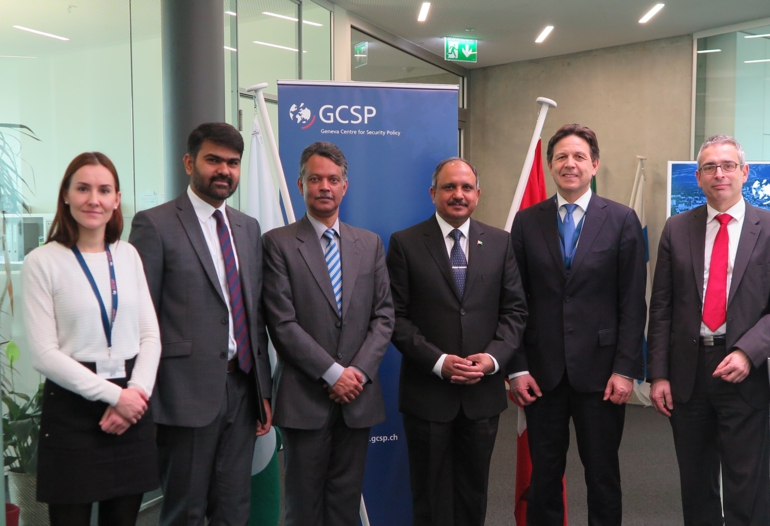
The discussion took part in a very friendly atmosphere. Both parties focused on a roadmap for a future partnership. They agreed on subjects of mutual interests to collaborate in the field of education.
GCSP Director, Ambassador Christian Dussey and Colonel (GS) Christian Bühlmann, Head of the regional Development Programme, briefed the Pakistani delegation on the centre’s institutional developments, while Major General Qammar and Brigadier Asim Ali Qureshi presented the National Defence University and its courses.
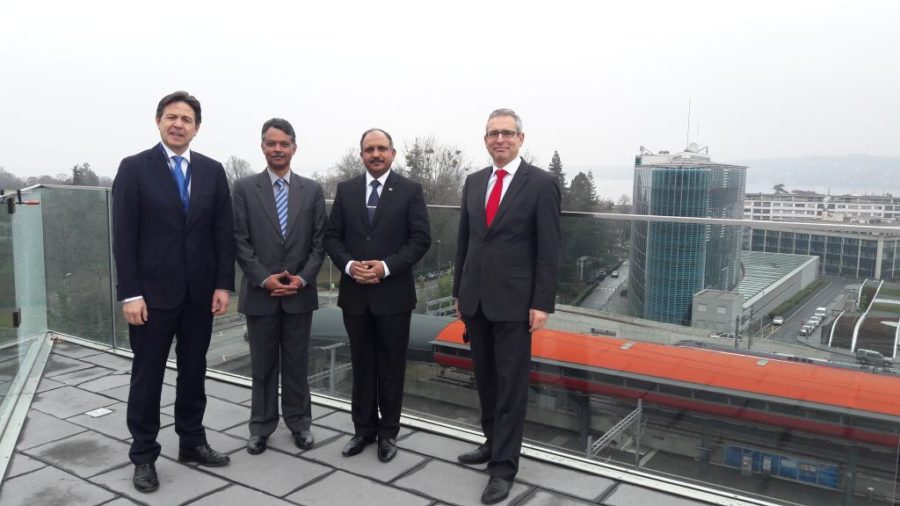
A friendly discussion on cooperation between the two institutions took place on at the GCSP on Friday, February 10, 2017.

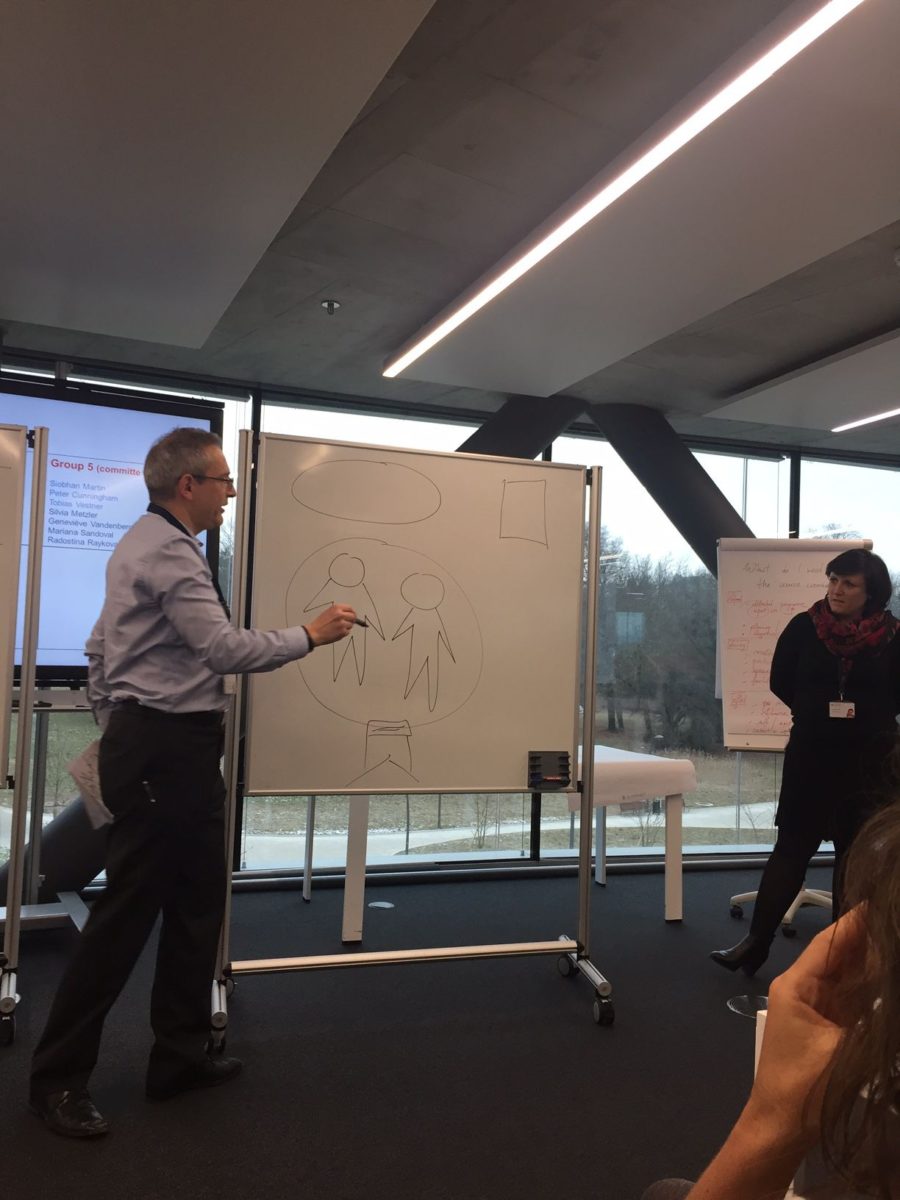
Together with Julie H., I presented a group work on the interaction between a course director and a course coodinator at GCSP.
2017a – « La commodification de l’armée de milice? La pensée stratégique au défi de l’approche gestionnaire » in Olsansky, Michael M. (dir.), Militärisches Denken in der Schweiz im 20. Jahrhundert La pensée militaire suisse au 20e siècle, Baden, Hier und Jetzt, pp. 122-205
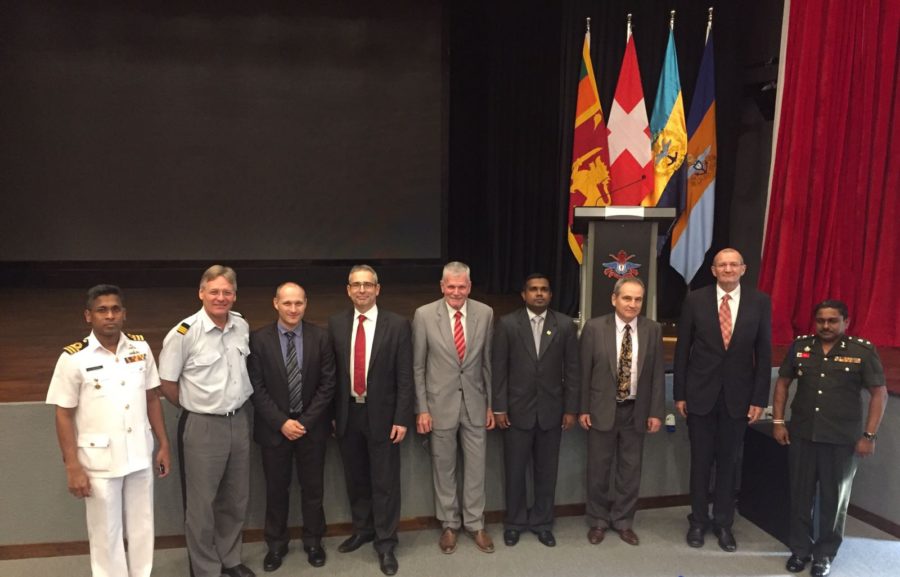
![Yes I can smile ! [TWITTER REPOST] Visual impressions from the #GCSP’s Defense Attaché Orientation, a course offered to participants interested Yes I can smile ! [TWITTER REPOST] Visual impressions from the #GCSP’s Defense Attaché Orientation, a course offered to participants interested](https://christianbuehlmann.com/wp-content/uploads/2016/12/45171765ee5f1bee90247be4c4ed48c0-867-900x599.jpg)
![Forgot to Smile [REPOST] Opening The First GCSP Orientation Course for the Defence Attachés in Colombo Forgot to Smile [REPOST] Opening The First GCSP Orientation Course for the Defence Attachés in Colombo](https://christianbuehlmann.com/wp-content/uploads/2016/12/99552797e1630f1fc706d3714ba75745-1e2.jpg)
The First Orientation Course for the Defence Attaché was inaugurated on 5th December, 2016 at KDU, and the Chief Guest of the opening ceremony of the course was HE Mr Heinz Walker Nerkoorn, the Ambassador of Switzerland in Sri Lanka and the event was graced by Air Marshal Kolitha Gunithilaka, the Chief of Defence Staff, Rear Admiral Jagath Ranasinghe, the Vice Chancellor of KDU and many distinguished guests. The course is held from 5th December to 9th December 2016 at the Faculty of Graduate Studies of KDU.
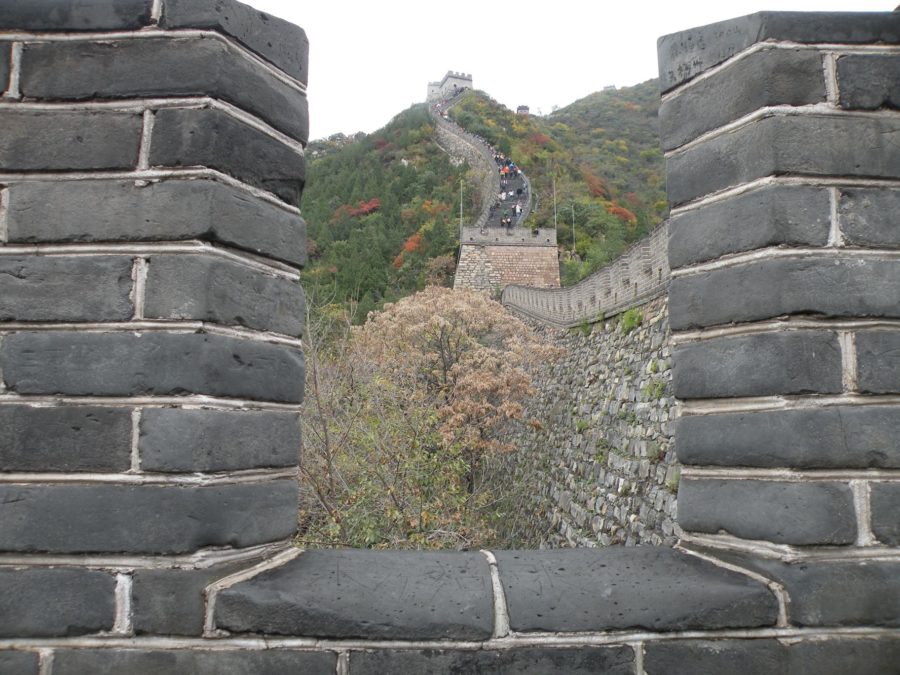
Le Col de Juyongguan, aussi connu comme Juyongguan en Chine, est situé à 20 kilomètres (12 miles) au nord de Chamgping County, environ à 60 kilomètres (37 miles) de Beijing. C’est un passage renommé de la Grande Muraille de Chine. Classé dans le « World Heritage Directory » en 1987, c’est un site placé sous la protection culturelle nationale.
Situé dans une vallée entourée de montagnes, le Col de Juyongguan a longtemps été une forteresse militaire. Dès la Période des Printemps et des Automnes (770 av. J.-C. – 476 av. J.-C.) et celle des Royaumes Combattants (476 av. J.-C. – 221 av. J.-C.), l’état Yan y construisit des fortifications. Pendant les Dynasties du Nord et du Sud (386-589), cette zone fut reliée à la Grande Muraille de Chine. Ce col servait de barrière naturelle aux capitales de la Dynastie Yuan (1271-1368) et Ming (1368-1644). Par conséquent, immédiatement après le début de son règne, Zhu Yuanzhang, le premier empereur de la Dynastie Ming, ordonna que ce passage soit réaménagé pour protéger les frontières des intrusions des troupes mongoles. Beaucoup de batailles eurent lieu dans le Col de Juyongguan.
Le col est à peu près circulaire avec un périmètre d’environ 4,142 mètres (environ 4,530 yards). Il comporte deux passages, un au sud, un au nord, respectivement appelés « Nan Kou » et « Badaling ».
Au milieu du Col de Juyongguan se trouve une haute plateforme appelée « la plateforme de nuage », qui est faite de marbre blanc. Sous la Dynastie Yuan, trois tours de pierre furent construites sur cette plateforme. À la fin de la Dynastie Yuan, elles furent détruites. Plus tard, un temple nommé « Tai’an » fut construit sur le site, mais il fut détruit durant le règne de l’empereur Kang Xi de la Dynastie Qing (1644-1911), après quoi seule la plateforme est restée. À l’intérieur de cette plateforme il y avait une porte voûtée. De part et d’autre de cette porte étaient sculptées les statues des quatre dieux célestes et les écritures sutra.
Le Col de Juyongguan n’est pas seulement une forteresse militaire, mais il est aussi un magnifique site pittoresque. Autour de ce col, des fleurs resplendissantes et des arbres luxuriants ponctuent les montagnes. Un paysage splendide ! Dès la Dynastie Jin (1115-1234), il fut nommé l’un des huit plus beaux paysages de Beijing.
L’actuel Col de Juyongguan fut construit sous la Dynastie Ming. Sous la Dynastie Qing, le travail de reconstruction fut négligé. Le Col fut rénové de 1992 à 2000.
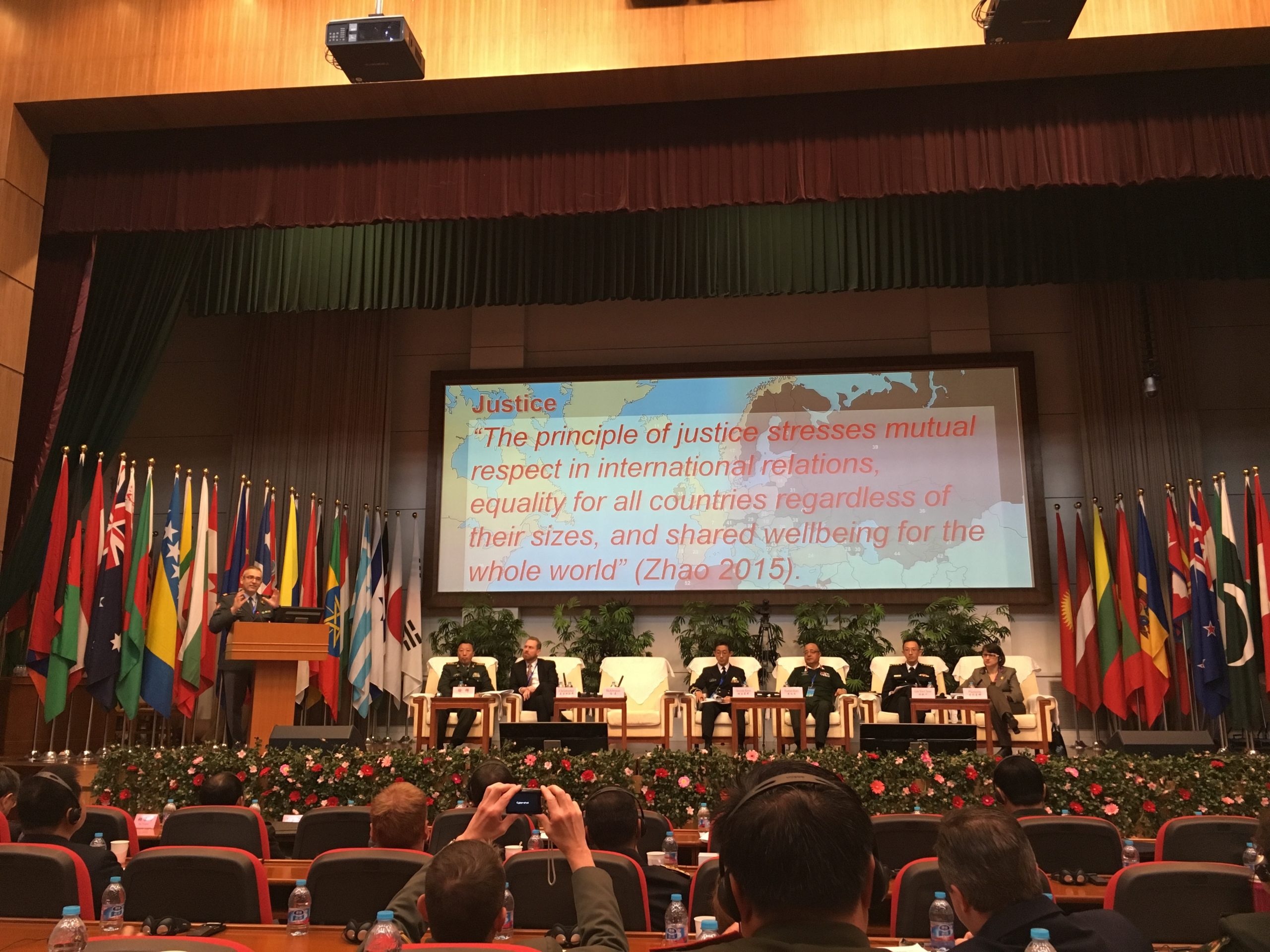
Dans le cadre du 19th International Symposium Course qui a eu lieu du 17 octobre au 1er novembre à Beijing, j’ai été invité à participer au Seminar on Regional Security Challenges.
J’y ai présenté le Partenariat pour la Paix (PPP) comme A Mechanism for International Military Cooperation en montrant qu’il incarne des valeurs chinoises.

Bien sûr, faire une croisière nocturne sur la rivière Huangpu, peur s’apparenter à une visite d’affiches publicitaires, tant les façades vitrées de Pudong font office d’écran au socialisme de marché. D’autant que l’embarcation qui nous porte est moins un bateau mouche qu’un bateau sandwich, où chaque marche sert à afficher une publicité.

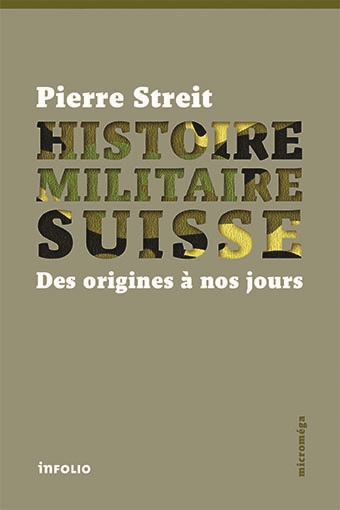
Pierre Streit m’a fait l’honneur et l’amitié de me demander de préfacer la nouvelle édition de son Histoire militaire suisse. Ci-dessous quelques extraits